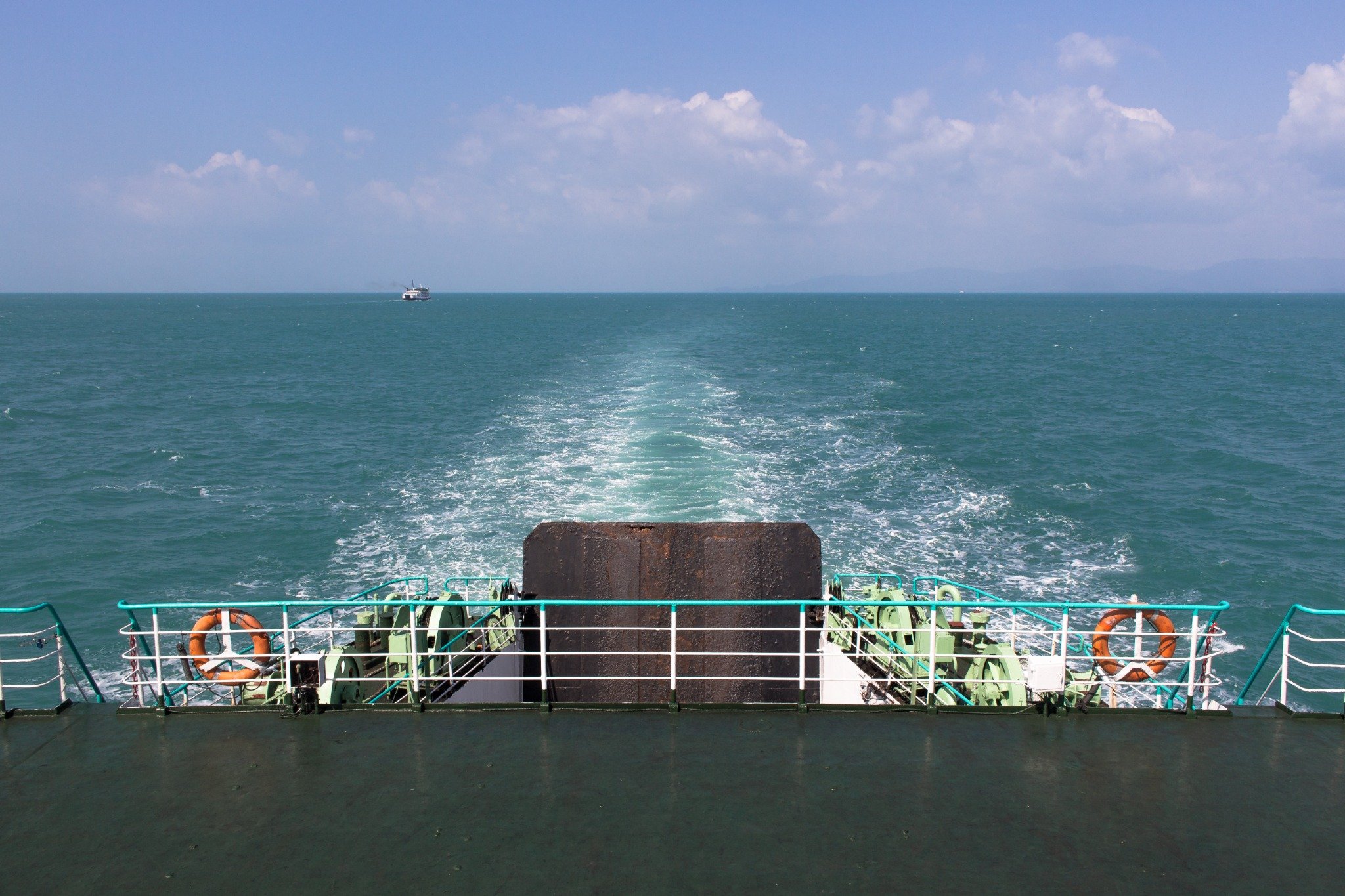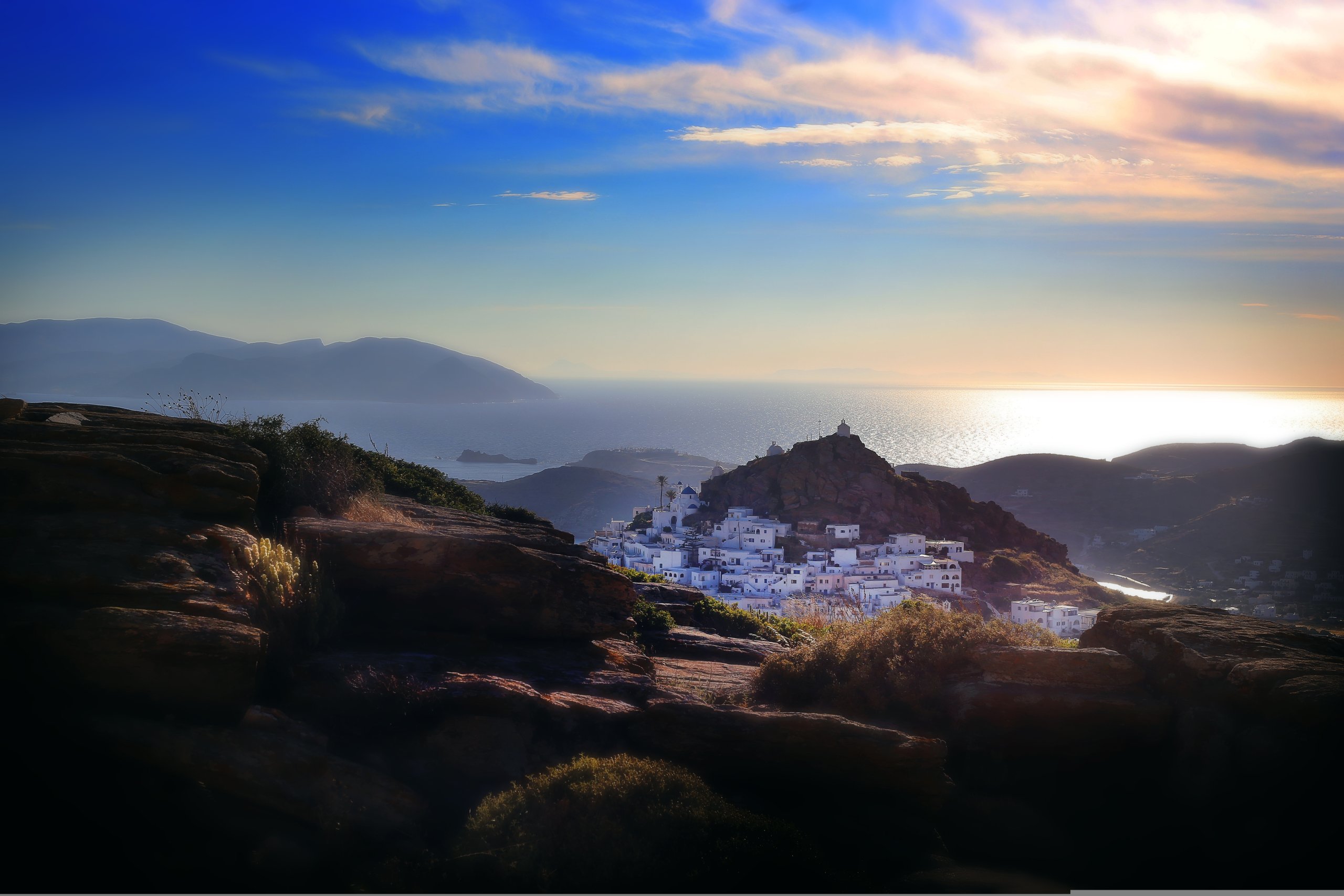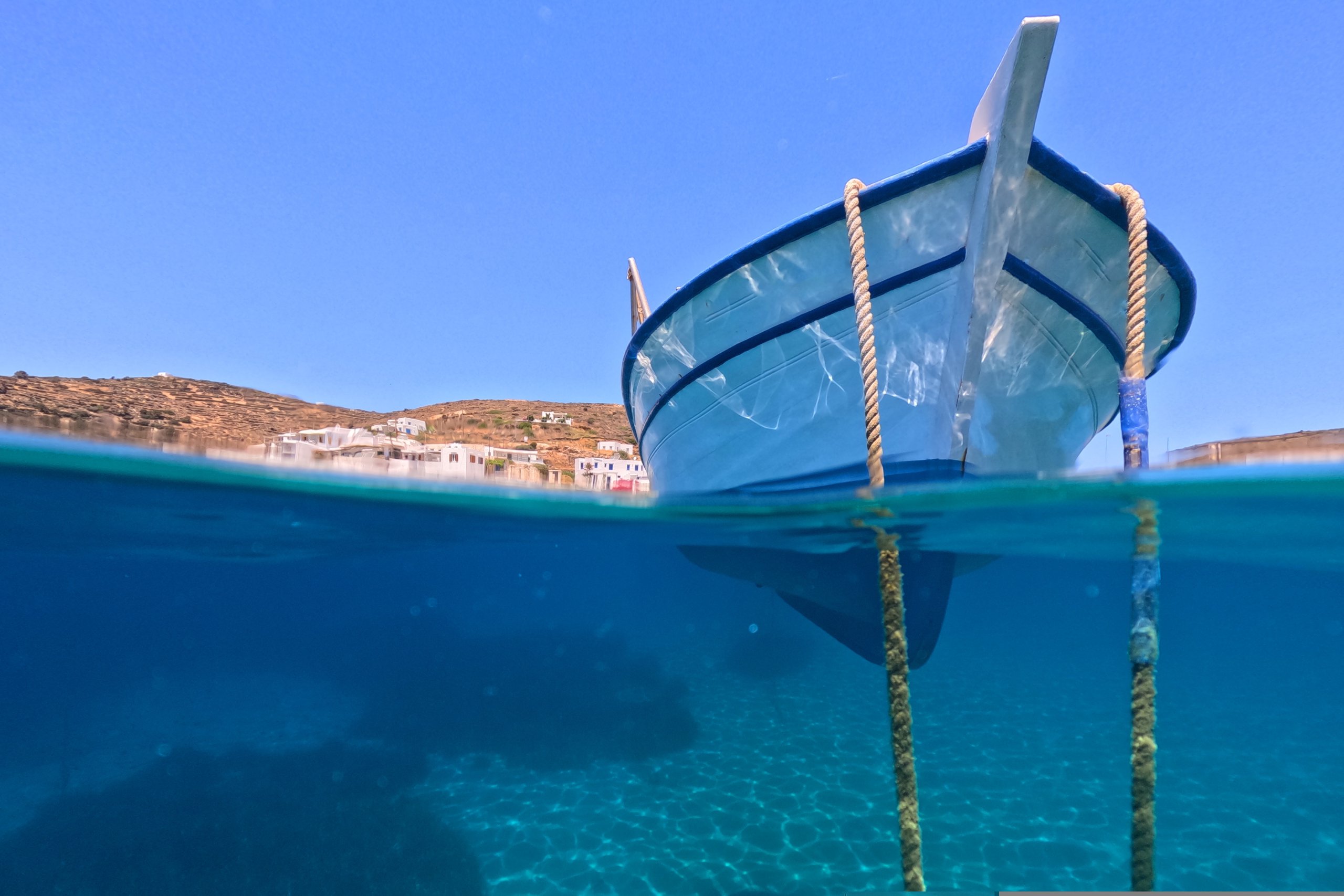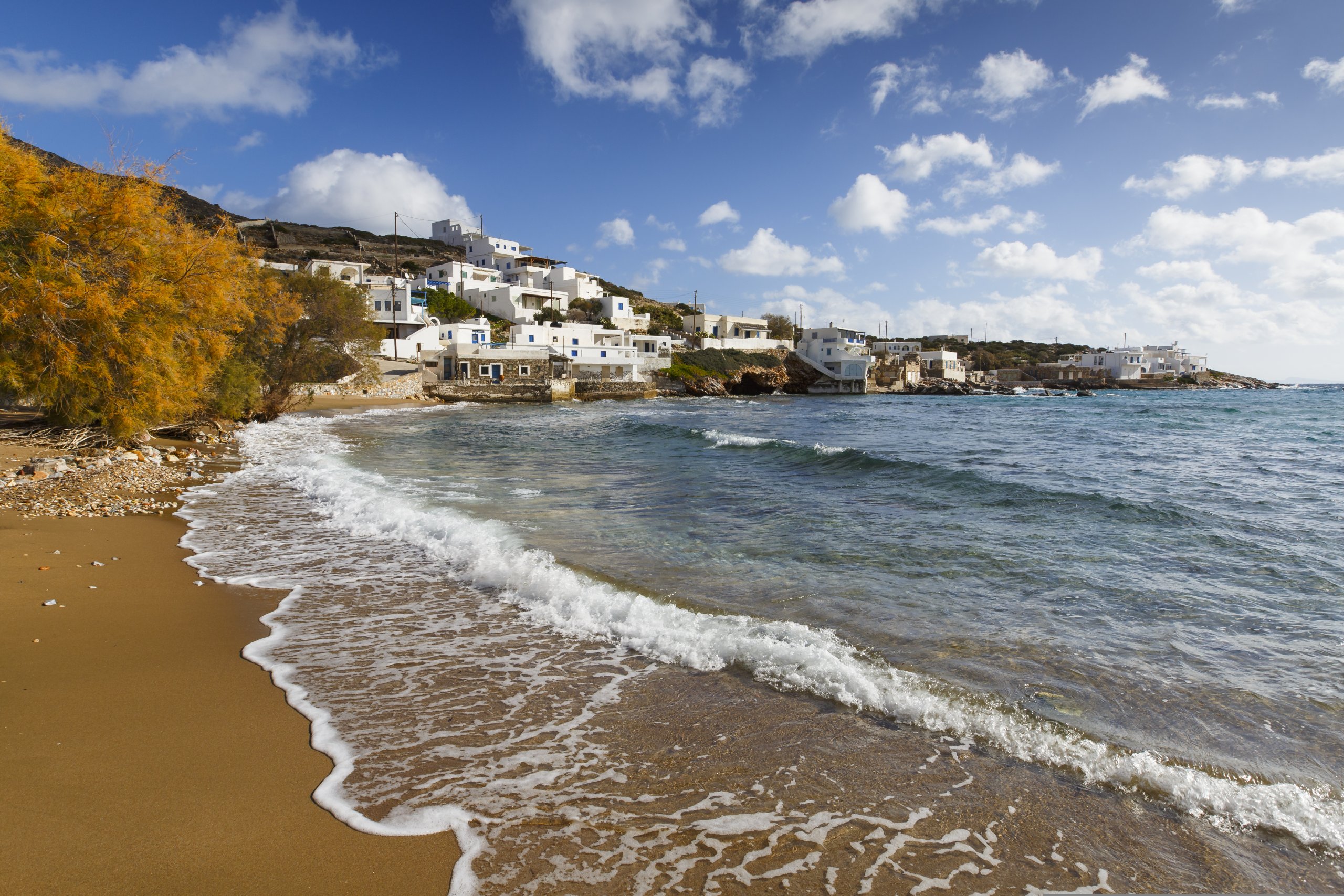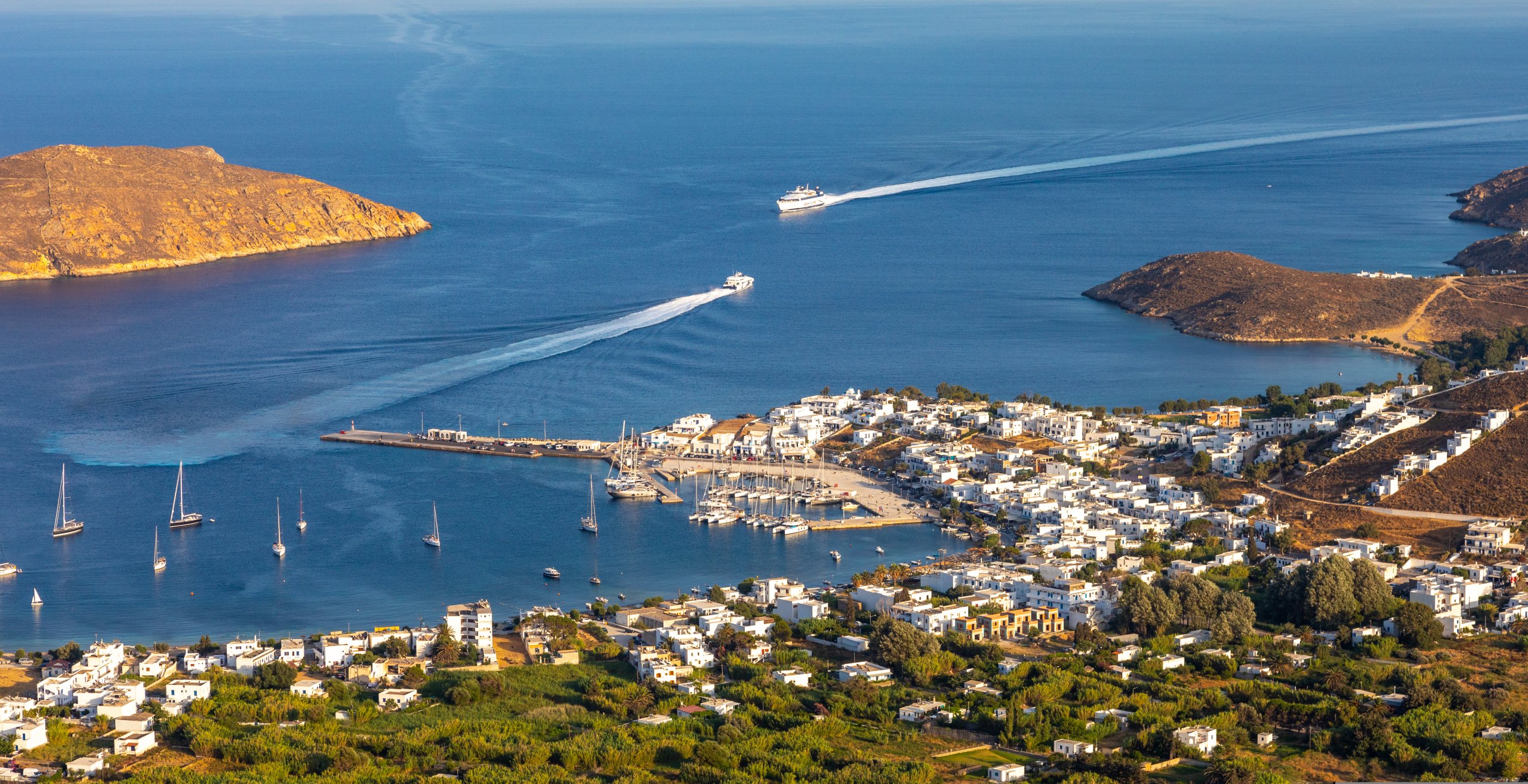Aquarium of Crete: An alternative entertainment option for anyone who wants to experience something unique. This is because Cretaquarium is one of the largest and most modern aquariums in Europe. Sixty-two tanks with a total volume of 1,800,000 liters of seawater host more than 2,000 marine organisms. Here, you can admire more than 200 different species from the Mediterranean. Each tank represents the seabed of the Cretan and wider Mediterranean seas, thus recreating the natural environment of the organisms. Let’s take a walk through the aquarium and discover some of its magic!
Life in the Darkness
In the first section of the aquarium, the lighting is low, mimicking the few rays of sunlight that reach the sea floor, caves, and rock crevices. Even here, life thrives. Groupers, red corals, rays, and lobsters are some of the organisms that prefer the dark.
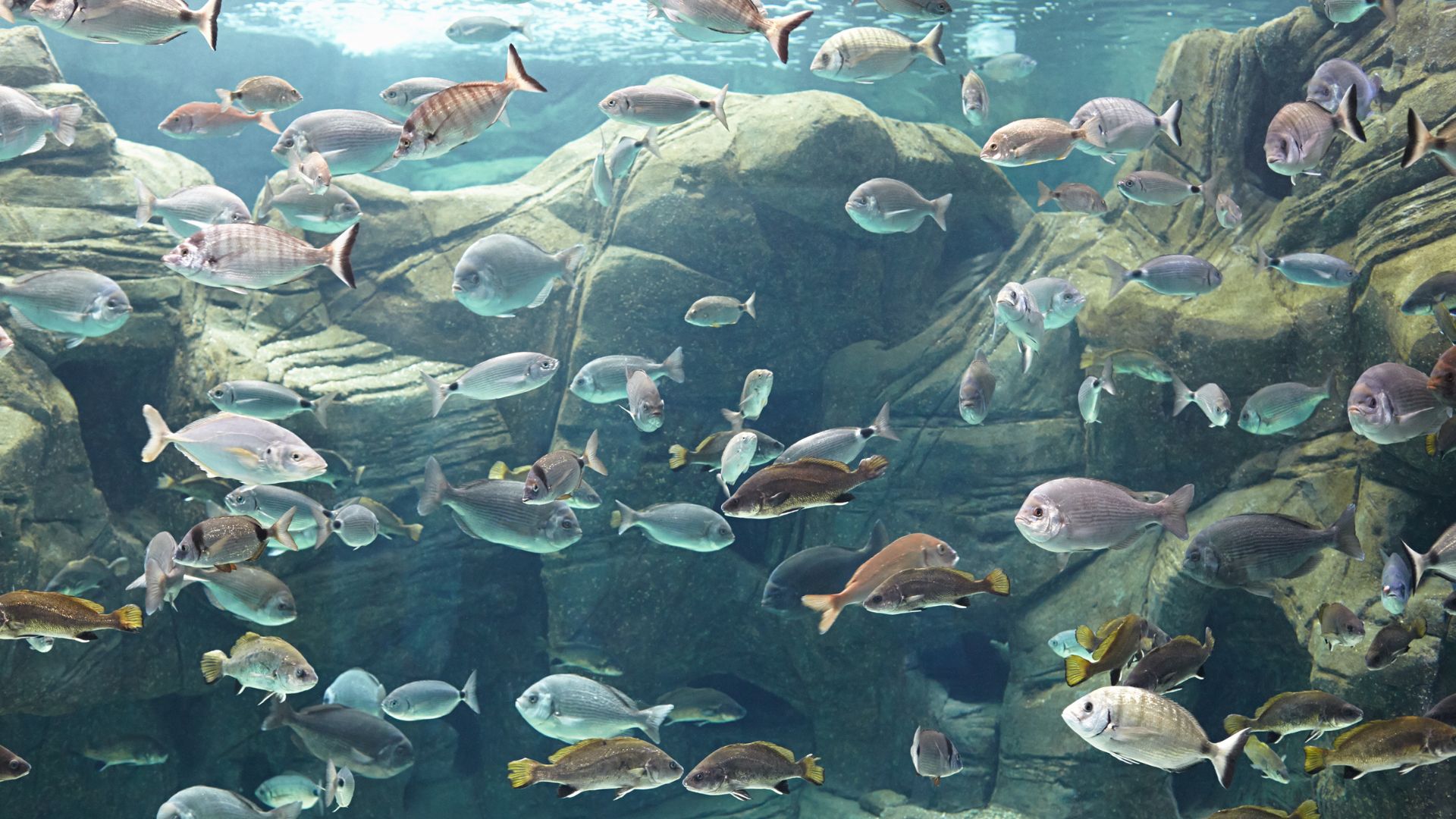
The Open Sea
Moving on to the second section of the aquarium, the darkness gives way to light, and we see large tanks. This represents the open sea of the Mediterranean: here, schools of pelagic fish, marine mammals, and large predators like sharks reside. The tank’s design is inspired by the seabed of Matala and Vai. Among the inhabitants are amberjacks, dusky groupers, snappers, and sea bass.
Close to the Shores
Our journey continues to the coastal areas. Here we see rocky, gravelly, muddy, or sandy bottoms, areas resembling underwater meadows, and small hideaways in the rocks. The sea anemone is sure to catch your eye, while parrotfish, wrasses, crustaceans, and echinoderms live around it.
Beyond the Glass!
In this section, we find open, shallow tanks, giving us the chance to admire some marine organisms up close. We can also observe artificial rocks and learn about the construction and operation of the tanks.
Tropical Life… in the Mediterranean
In the last section of Cretaquarium, we encounter tropical species and “Lessepsian migrants.” The construction of the Suez Canal created a passage between the Mediterranean and the Red Sea. Thus, many tropical species started following the currents and arriving in the Mediterranean. Some of them became permanent residents of the Mediterranean and were named “Lessepsian” in honor of the canal’s creator, Ferdinand de Lesseps.
Highlights
Clownfish
This fish will catch your eye due to its bright colors. Most of us already know it: it’s Nemo! It is the only fish that can “trick” the anemone and approach it without being harmed by its poisonous tentacles. In fact, it loves anemones so much that it always lives with them!
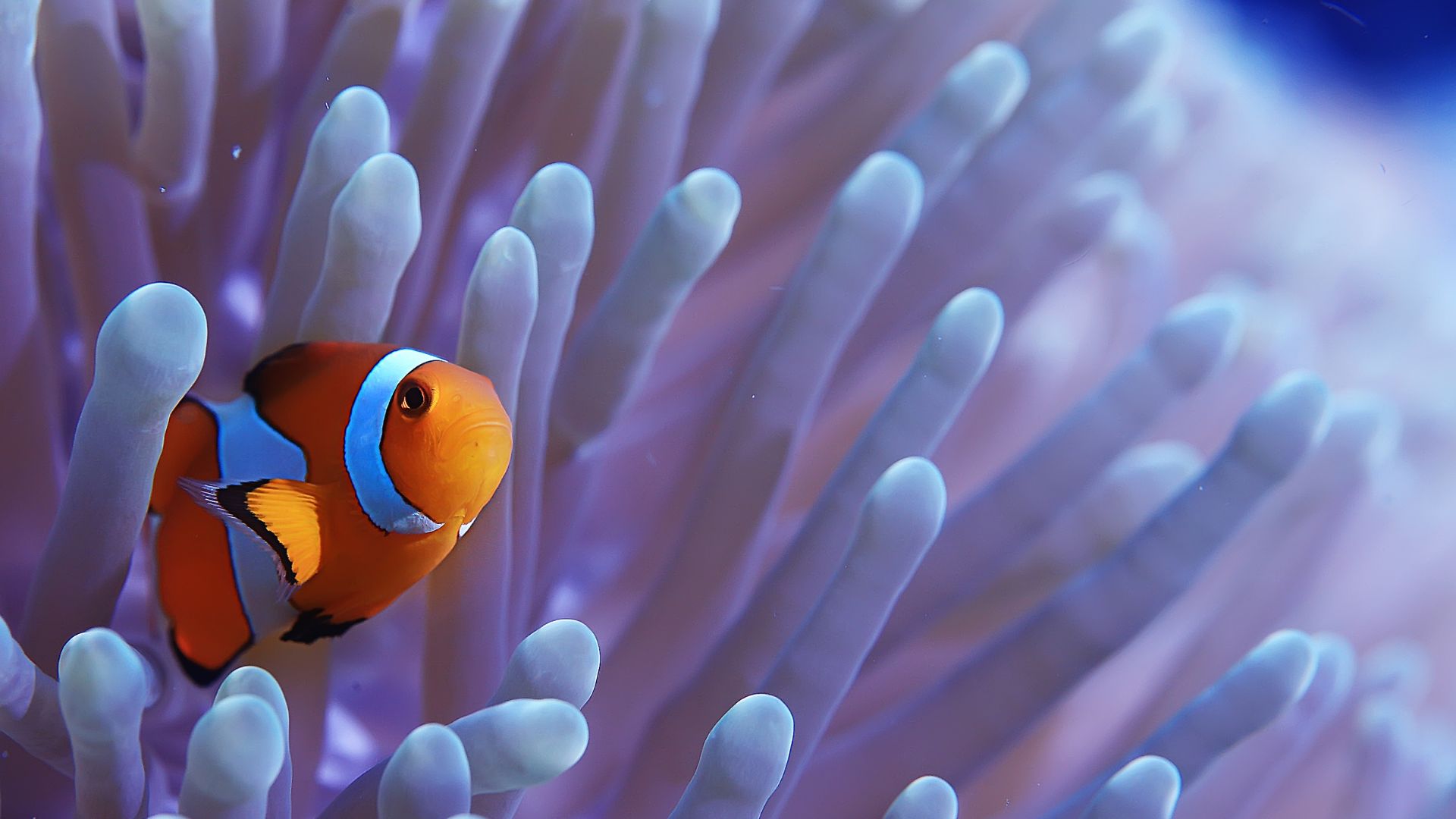
Scorpionfish
It is hard to spot: the scorpionfish remains still and camouflaged, resembling a rock with algae. At the right moment, however, it strikes quickly! Its weapon is its poisonous spines, which it raises to surprise its opponent.
Loggerhead Sea Turtle
If we are lucky, we might encounter the loggerhead sea turtle, the symbol of the Mediterranean. It can live for about 80 years and is known for always returning to the same beach to lay its eggs. Loggerhead turtles stay at Cretaquarium only temporarily in case of injury. After treatment and recovery, they are released back into their natural environment.
Behind-the-Scenes Tour at Cretaquarium
In addition to the tank tours, Cretaquarium offers a behind-the-scenes tour. Here, you will get in touch with the unseen side of the aquarium and learn about its daily operations: preparing food for marine animals and checking the tanks. You will see the “quarantines,” areas for treating sick animals, acclimating them to their new environment, and breeding them. A unique experience to complete your visit to Cretaquarium!
Cretaquarium: Exploring the Mediterranean Sea
Cretaquarium awaits you this year to reveal all the secrets of the Mediterranean marine world. Located just 14 kilometers from Heraklion, it promises a unique experience. What are you waiting for? Book your ticket now with Fast Ferries and pack your bags for Heraklion, Crete!
Did you enjoy our new article “Cretaquarium: Discover the Marine World of the Mediterranean”?
Learn everything about your favorite islands on the Fast Ferries blog.

